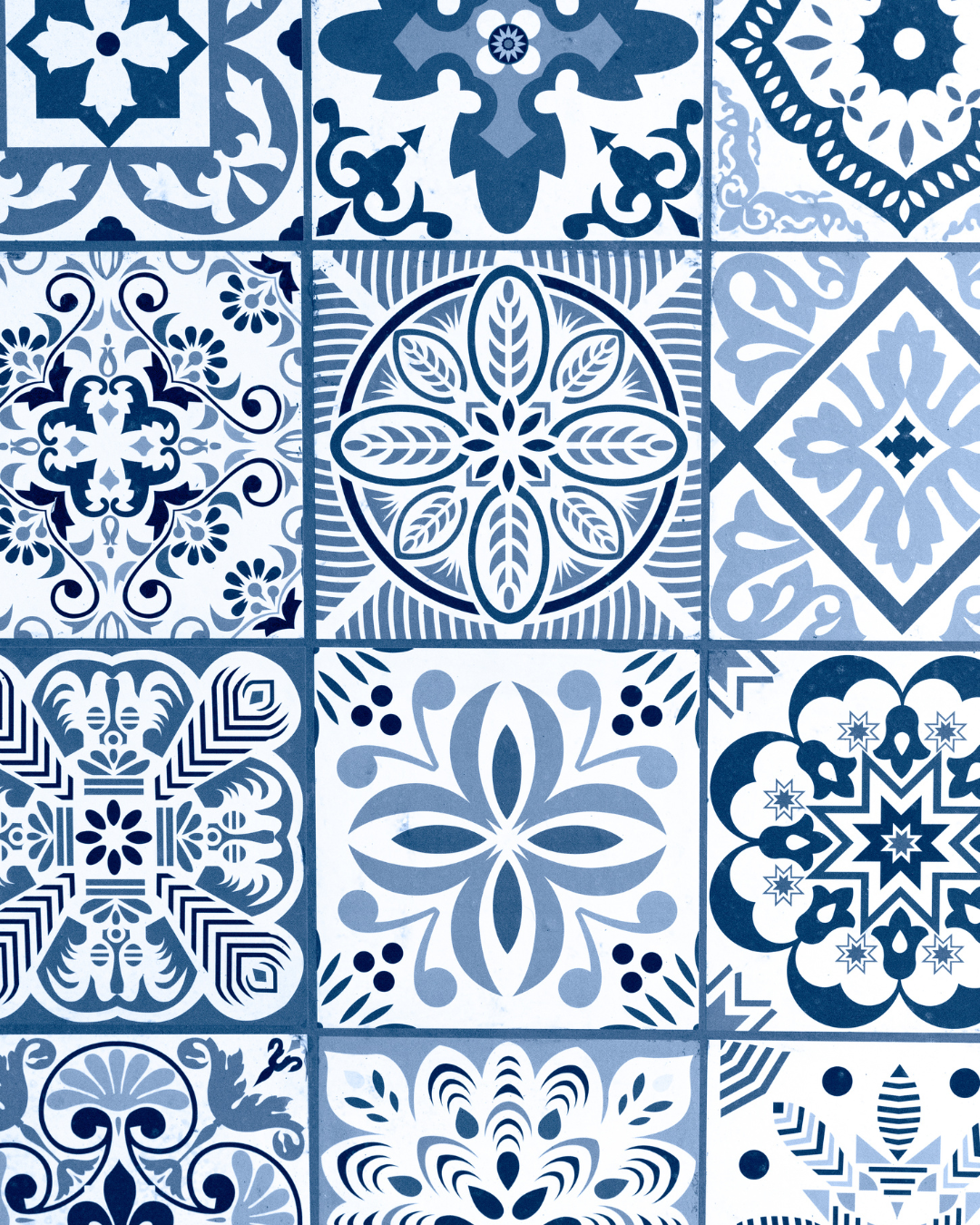
Talavera and Seville Ceramics: Spain's Timeless Art
Share
Spain is known for its rich artistic traditions, and among its most celebrated crafts is ceramics. Two cities, Talavera de la Reina and Seville, have become legendary for their exquisite pottery and tile work, which reflect centuries of history, cultural influences, and masterful craftsmanship. These ceramics are not just decorative; they tell stories of Spain’s past and continue to inspire modern artists worldwide.
Join us as we explore the history, characteristics, and cultural significance of Talavera and Seville ceramics.
The History Behind the Art
Talavera Ceramics
Talavera de la Reina, located in Castilla-La Mancha, has been a hub of ceramic production since the 16th century. Influenced by Moorish, Italian, and Flemish styles, Talavera pottery became famous for its delicate hand-painted motifs, often depicting animals, flowers, and historical scenes.
During Spain’s Golden Age, Talavera ceramics adorned palaces, churches, and monasteries, with its blue, yellow, and white tones becoming a signature of the region.
Seville Ceramics
Seville, the heart of Andalusian ceramic tradition, boasts a history of tile-making dating back to the Islamic period (8th-15th centuries). The city’s famous Triana district has been the center of pottery workshops for centuries, producing stunning azulejos (decorative tiles) used in architecture, from the Alcázar of Seville to vibrant patios and fountains.
Seville ceramics are known for their intricate geometric and floral designs, heavily influenced by Moorish, Renaissance, and Baroque styles.
Characteristics of Talavera and Seville Ceramics
Talavera Pottery
-
Hand-painted with vibrant colors (blue, yellow, green, and white).
-
Features botanical and animal motifs, as well as historical and religious scenes.
-
Typically used for tableware, vases, and decorative tiles.
Seville Tiles (Azulejos)
-
Characterized by geometric and arabesque patterns.
-
Often found on walls, fountains, and church façades.
-
Created using the cuerda seca technique, which separates colors with a wax line.
The Cultural Impact and Modern Influence
Today, both Talavera and Seville ceramics remain symbols of Spanish heritage. Talavera ceramics were declared a UNESCO Intangible Cultural Heritage in 2019, recognizing their historical significance.
Contemporary designers and architects continue to integrate these ceramic styles into modern spaces, blending tradition with innovation.
Where to Experience This Art
-
Talavera de la Reina – Visit workshops, museums, and see artisans at work.
-
Seville’s Triana District – Explore the historic ceramic workshops and tile-covered buildings.
-
Plaza de España (Seville) – A masterpiece of Seville tilework, featuring stunning ceramic benches representing Spain’s provinces.
Conclusion
Talavera and Seville ceramics represent a fusion of history, artistry, and cultural identity. Whether you admire them in historic landmarks, collect handcrafted pieces, or incorporate them into modern decor, these ceramics continue to captivate and inspire.
Next time you visit Spain, don’t miss the chance to witness this timeless art firsthand!
